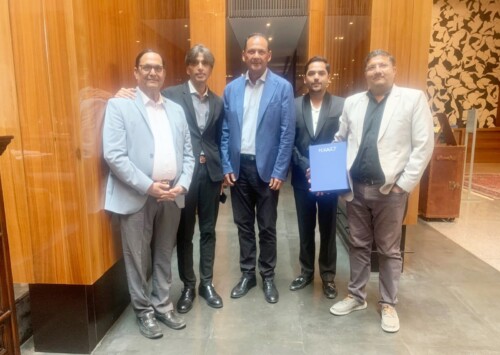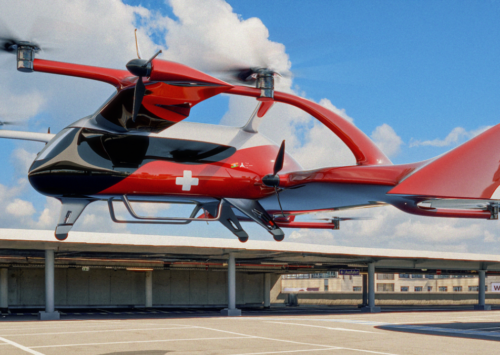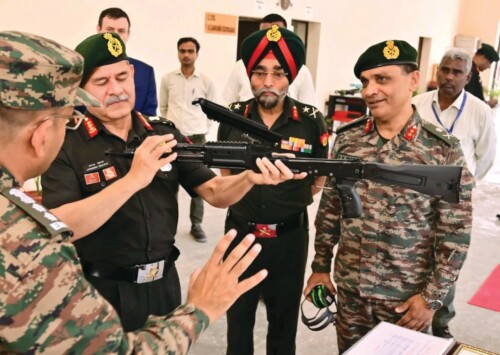National Monetisation Pipeline: Backdoor privatisation
Risks of crony capitalism & cartels loom large
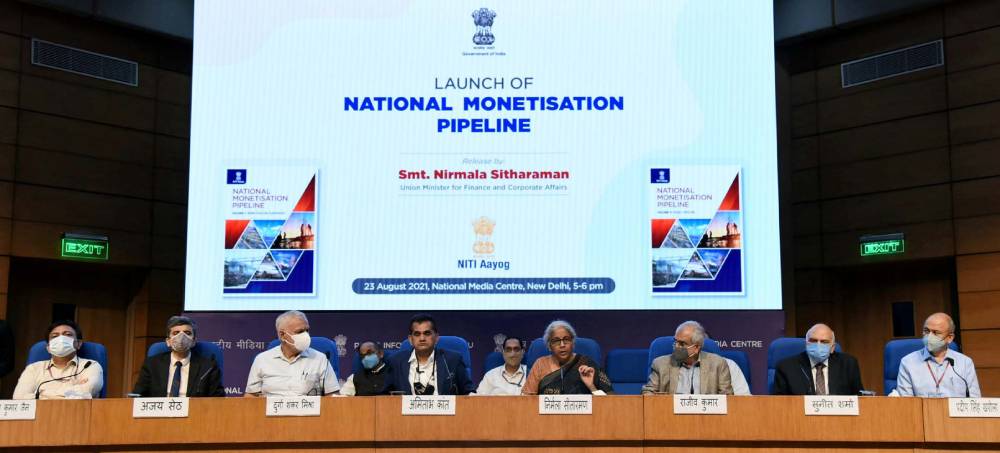
Not selling family silver?: Finance Minister Nirmala Sitharaman announcing NMP in New Delhi on August 23
The National Monetisation Pipeline released by Indian government earlier this week carries large risks as government seeks to hand over last few sectors, including key and essential public services to private sector, despite overwhelming evidence from around the world of massive failure of private sector running essential public services like water or railways.

Not selling family silver?: Finance Minister Nirmala Sitharaman announcing NMP in New Delhi on August 23
Unveiling the NMP on Monday, Indian finance minister Nirmala Sitharaman was at pains to say that the monetisation plan was not akin to privatisation but “it aims to unlock value in brownfield projects by engaging the private sector, transferring to them revenue rights and not ownership in the projects, and using the funds so generated for infrastructure creation across the country”. The NMP, a four-year plan, should be able to raise about INR 6 trillion.
The government says that the NMP was announced in order to provide a framework for investors to understand the options they had and plan for investments in projects they were keen on. To soothe the investors, the minister explained that all the assets in the NMP were ‘brownfield’ assets, projects that have already been launched and are currently run by the central government or its subsidiaries and hence do not carry the risks of fresh projects such as land acquisition or environmental clearances.
“There is no land here, this entire (NMP) is talking about brownfield projects where investments have already been made, where there is a completed asset which is either languishing or it is not fully monetised or is under-utilised. So, by bringing in private participation in this you will be able to monetise it better and ensure further investment in infrastructure building,” Sitharaman said.
The assets on offer cover a large gamut of sectors – from roads and railways to mines, airports and even stadiums. A large chunk, almost two-thirds of the total will come from three sectors — railway, roads and power, while balance to come through from telecom, mining, aviation, ports, natural gas and petroleum product pipelines, warehouses and stadiums, said Sitharaman.
The assets on ‘sale’ include 15 railway stations, 25 airports, 160 coal mines, two national stadia as well as a number of hydroelectric and solar power plants and government housing and hotels run by the public sector ITDC.
Awash with risks
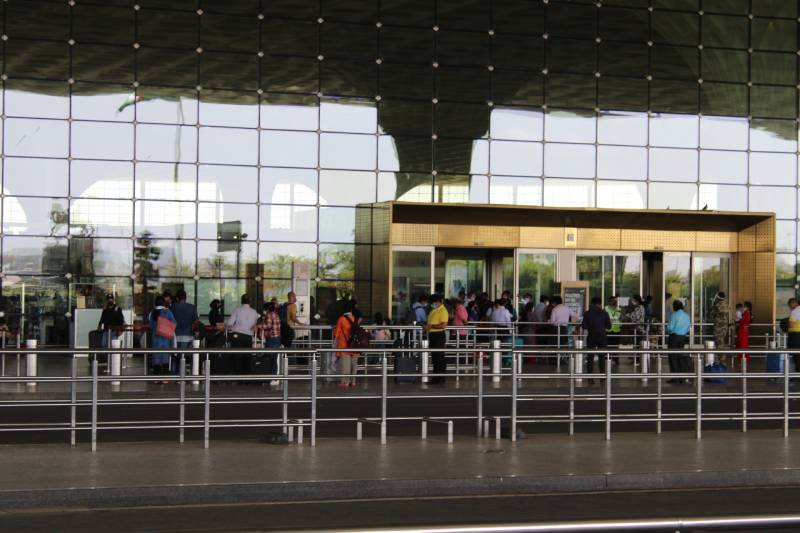
The airport privatisation is a glaring example of how public sector as well as the consumers are often shortchanged by private sector (MIG Photos/Varsha Singh)
Despite the enthusiasm of the minister and her officials, notably the NITI Aayog, the rebranded Planning Commission, there are several pitfalls ahead which the government seems to have turned a blind eye to, despite adequate evidence from the not-too-distant past. In all these cases, the government would transfer the operational responsibility to the private sector, with an upfront ‘licence’ fee for the period of transfer, revenue sharing and commitment of investments in the assets to modernise them.
A major risk is not just lower upfront payment, which most companies try to offer, and many get away with it, but the actual revenue sharing. There have been scores of examples in last one decade with the government auditor, the Comptroller and Accountant General, flagging how the private sector has shortchanged or even cheated the public sector partner or the government in such deals in the past.
One of the most famous cases involves the airport privatisation carried about two decades ago when the government mandated Airports Authority of India, the public sector company which was the monopoly airport operator in the country, to hunt for private operators for the crown jewels of Indian aviation – Mumbai, Delhi, Bengaluru as well as Hyderabad airports – which together accounted for well over 90 pc of the total air traffic in the country.
The AAI entered into deals with two Andhra Pradesh infrastructure companies – GMR and GVK – to partner with it and manage the airport. In its reports, over several years, the CAG flagged that the AAI had been severely shortchanged not just in the one-time licence fee for the four airports, but the private sector operators were also less than transparent in their revenues and hence the AAI was left with billions of rupees lesser than what it would have earned had the private partners shared all revenues with it.
In a report in 2012, the CAG had said that the Delhi Airport deal left AAI underpaid INR 1.63 trillion as it handed over commercial rights for nearly 4800 acres of land in the prime location of the vicinity of the airport which was leased for INR 100 for 60 years. In return all AAI got was equity contribution of INR 18 billion in the joint venture, the DIAL where AAI has only 26 pc stake, while private partner GMR got 64 pc. In addition, the AAI is to get 46 pc of the total revenues of DIAL, while GMR pockets the rest. In 13 years from 2006 to 2018, the AAI received a measly INR 167 billion as its revenue share, raising huge doubts about the transparency of the entire deal. Despite such glaring reports and transactions that border on cheating, the government has done nothing to modify the contractual terms to ensure that it got a fair deal.
Instead, it has been on a binge privatisation, handing over prime airports to the Adani Group, which has also since nudged GVK out of the Mumbai airport, by acquiring its stake in the joint venture with the AAI. The group has also taken over the new airport in Mumbai, the Navi Mumbai airport, and it has led to extensive fears of a monopoly over air traffic in India for the Adani Group, especially if it gets more airports in its kitty in the future privatisation.
Not just short-changing, poor service as well
Though private sector is traditionally believed to be more efficient and offer better service, this is not always true and in many cases there is a total lack of accountability towards consumers. One classic example is urban transport, notably metro. When the government privatised one line on Delhi and Mumbai metro, for instance, both were bagged by the Reliance group branch run by Anil Ambani. While Ambani could never complete the Mumbai project, let alone run it, the airport line of the Delhi Metro was run by Ambani for a few years and later it was taken over by the Delhi Metro Rail Corporation, the public sector operator, due to poor safety as well as maintenance issues with the track. And to the pleasant surprise of consumers, the DMRC cut the tariff on the line by almost 75 pc.
If the government does not find enough examples of such blunders and mismanagement at home, it can look overseas on how every public service is not better handled by the private sector, which will always be keen on cutting costs and enhancing revenues, often at any price, which is almost always by the consumers as well as the government. If she needs to see it herself, on her next trip to the United Kingdom, Sitharaman could just try any of the private rail lines or speak to the British about the quality of water they receive and the price they pay for this ‘quality’.
The NMP could well be another route to encourage crony capitalism that seems to have become the hallmark of the Narendra Modi government over the past seven years at the centre.

